Revolutionary, explosive, and popular: the SCHIRN presents comic-strip pioneers of the early 20th century.
Spectacular, large and colorful – this is how comic strips captivated their audience, beginning back in 1897. The middle classes, working classes, and a host of immigrants were equally fascinated by the unfamiliar visual experience they encountered in American newspapers. From June 23 to September 18, 2016, the Schirn Kunsthalle Frankfurt is presenting the first extensive thematic exhibition on the “Pioneers of the Comic Strip,” who—progressive and eager to experiment—set the artistic and content-related standards of the early comic strips.

The exhibition features six outstanding, primarily American illustrators who shaped the cultural history of the comic strip: Winsor McCay, Lyonel Feininger, Charles Forbell, Cliff Sterrett, George Herriman, and Frank King. Unforgotten are Herriman’s absurd humor in Krazy Kat (from 1913), the Surrealist and Expressionist visual worlds of McCay (from 1904) and Sterrett (from 1912 onwards), Feininger’s comic strips for the Chicago Tribune (1906-7), or the comic strip Gasoline Alley by King (from 1921) told in real time over a period of three decades. With Forbell’s synthesis of the arts Naughty Pete (1913), the Schirn enables visitors to the exhibition to rediscover a forgotten illustrator.
Readership of millions
The prevalence of the comic strip in the early 20th century was based on the meteoric rise of the newspaper as a mass medium. High-performance printing presses and decreasing paper prices made it affordable. This led to an explosion and democratization of newspapers, and the comic strip supplements they contained resulted in the first pictorial mass medium in history. A single New York-based publishing house could reach a readership of millions daily with only one newspaper issue. In order to distinguish themselves from the competition, resourceful publishers included magazine supplements in the Sunday edition of their papers—the first one to do so being Joseph Pulitzer (1847–1911)—and these included large comic strips printed in color.
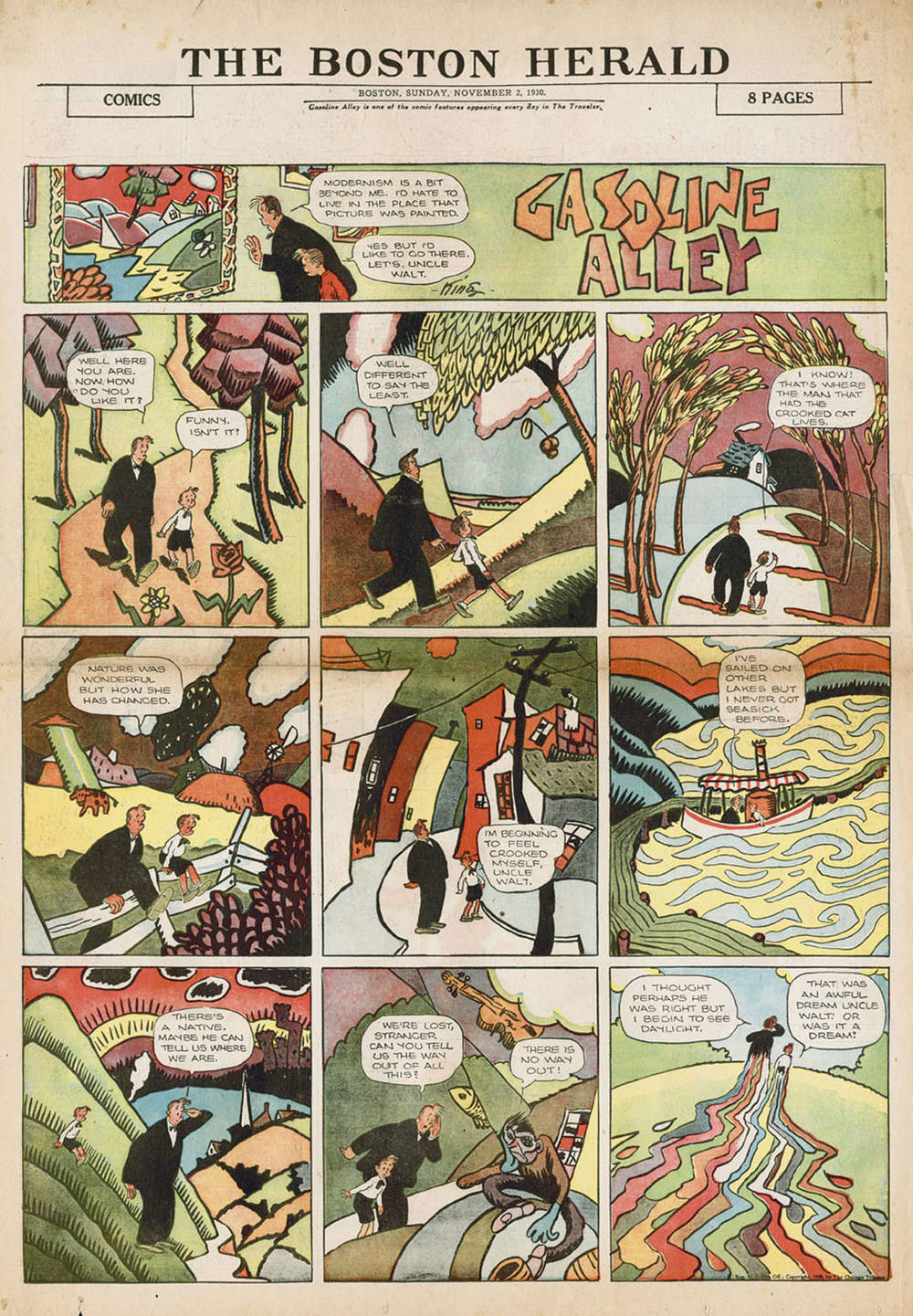
Together with the cartoons with one line of panels in the weekday editions, these comic strips constituted the ultimate discipline, which was not followed by the now familiar comic books until the late 1930s. In the highly competitive newspaper market, comic strips meant power. The growth or decline of a newspaper was not decided based on the quality of the feature articles, business news, or the sport section, but on the popularity of its comic strips. The legendary newspaper war between Pulitzer and William Randolph Hearst (1863–1951), which lasted from 1895 to 1898, was waged in the comic strip supplements. In 1891, Hearst, who had recently come to New York from San Francisco, lured away Pulitzer’s entire staff of illustrators for the purpose of strengthening his own newspaper empire.
Correlations between comic strips and fine arts
The exhibition “Pioneers of the Comic Strip” presents approximately 230 pages of rare comic strips from between 1905 and the 1940s, including very rare original drawings by comic strip artists being shown to the public for the first time. Correlations between comic strips and developments in the fine arts of the day also become apparent. Of what were once a million pages of comic strips in the pioneering years, only few copies have survived. This can be attributed to committed private collectors who recognized their artistic value on time and contrary to public opinion.
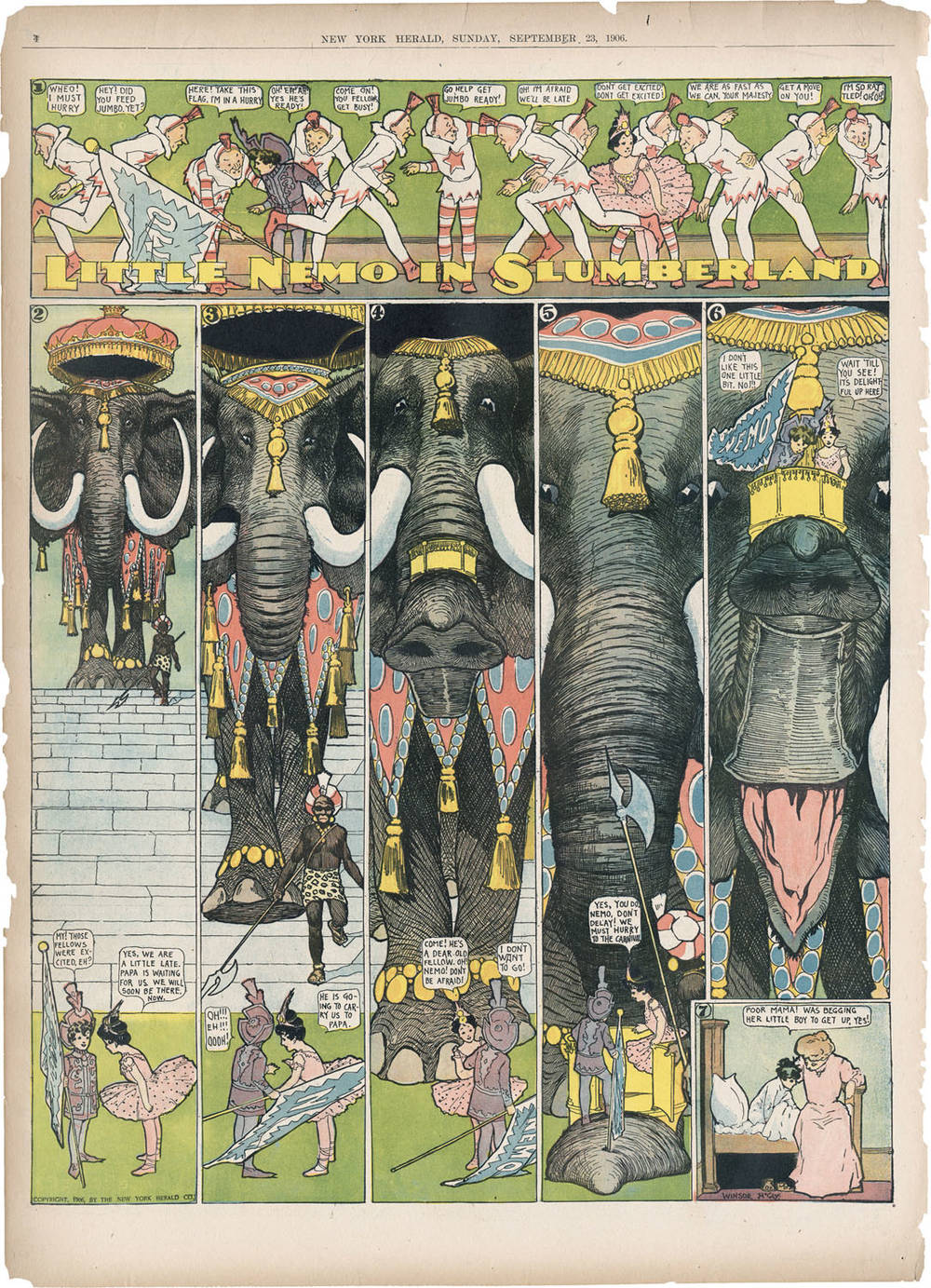
Dr. Alexander Braun, curator of the exhibition: “The 100-year-old comic strip pages being shown at the Schirn continue to exude the energy of an epoch of new beginnings, a belief in the future, an enthusiasm for technology, and the meteoric rise of the first real mass medium: the newspaper. The productive rivalry in the newspaper market likewise promoted the ingenuity of the comic strip illustrators of the early years. All of the six artists presented in the Schirn explore the artistic possibilities of the young art genre and continue to influence it to this day.”
In “Pioneers of the Comic Strip”, the Schirn presents six exemplary illustrators from the early days of the comic strip. In the exhibition, an individual space is devoted to each of the artists.
A scholarly catalog is being published to coincide with the exhibition.
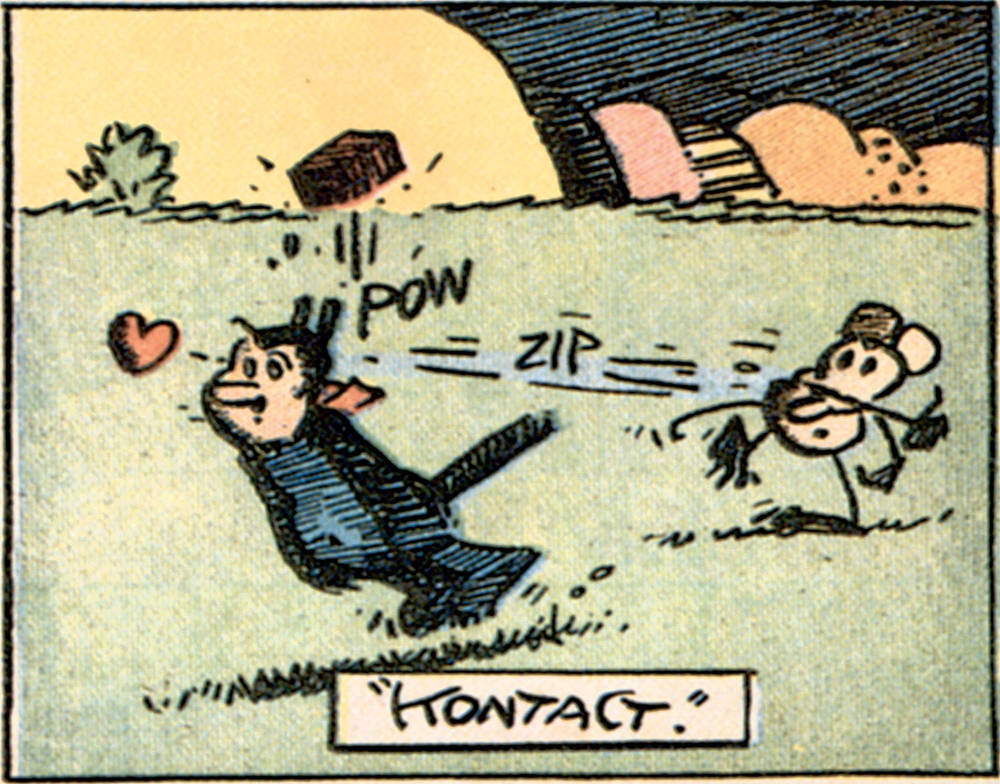
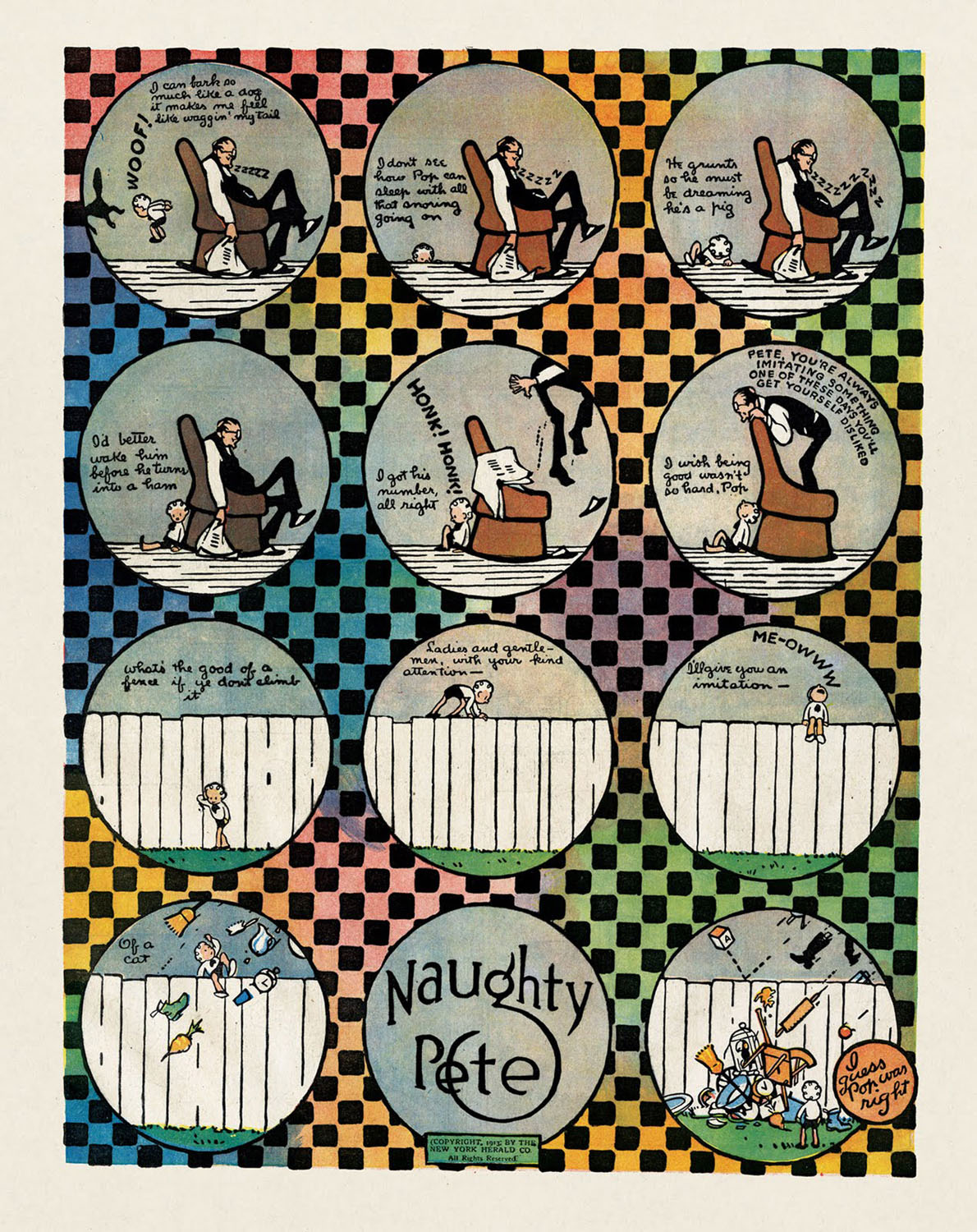
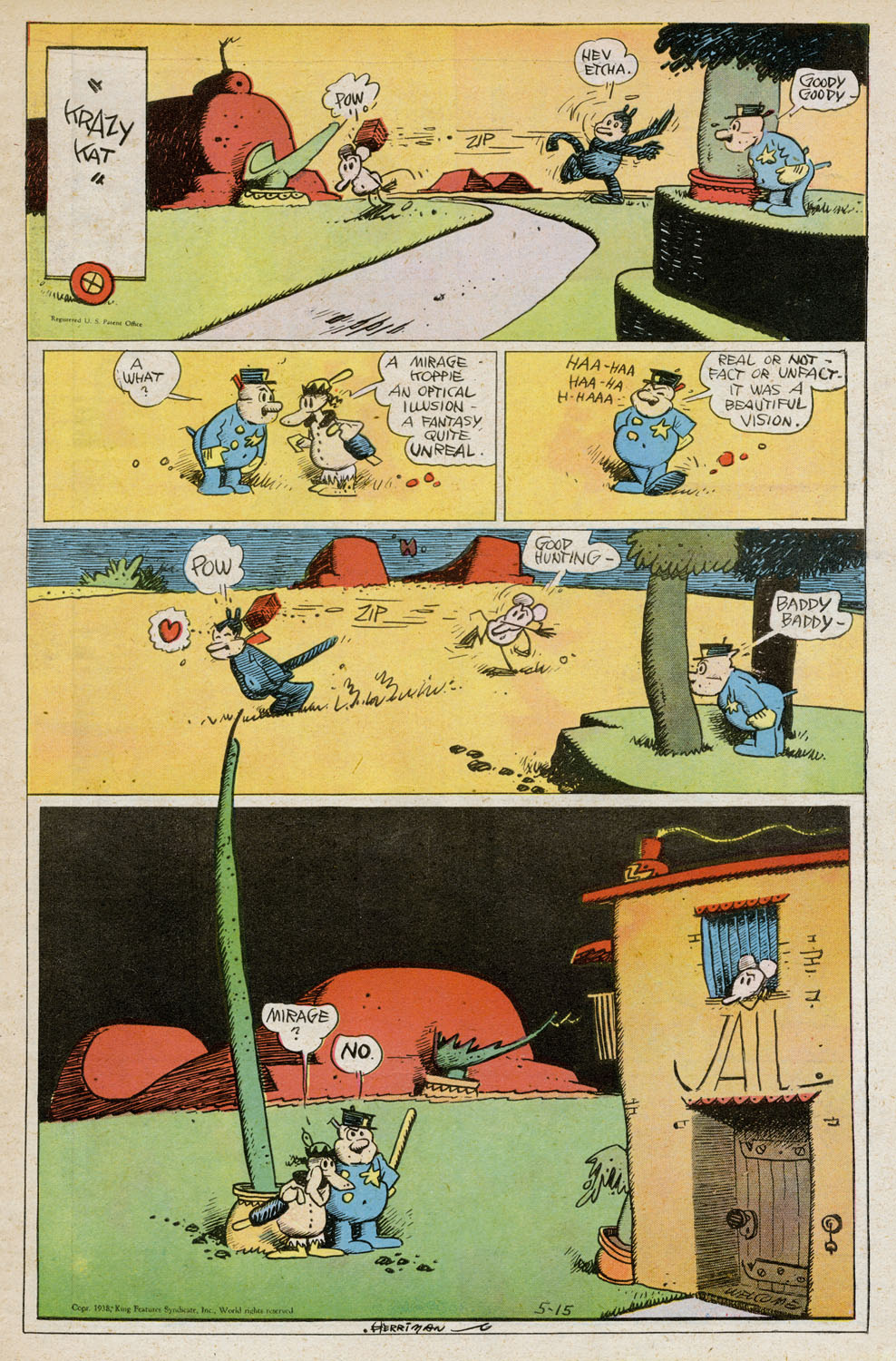
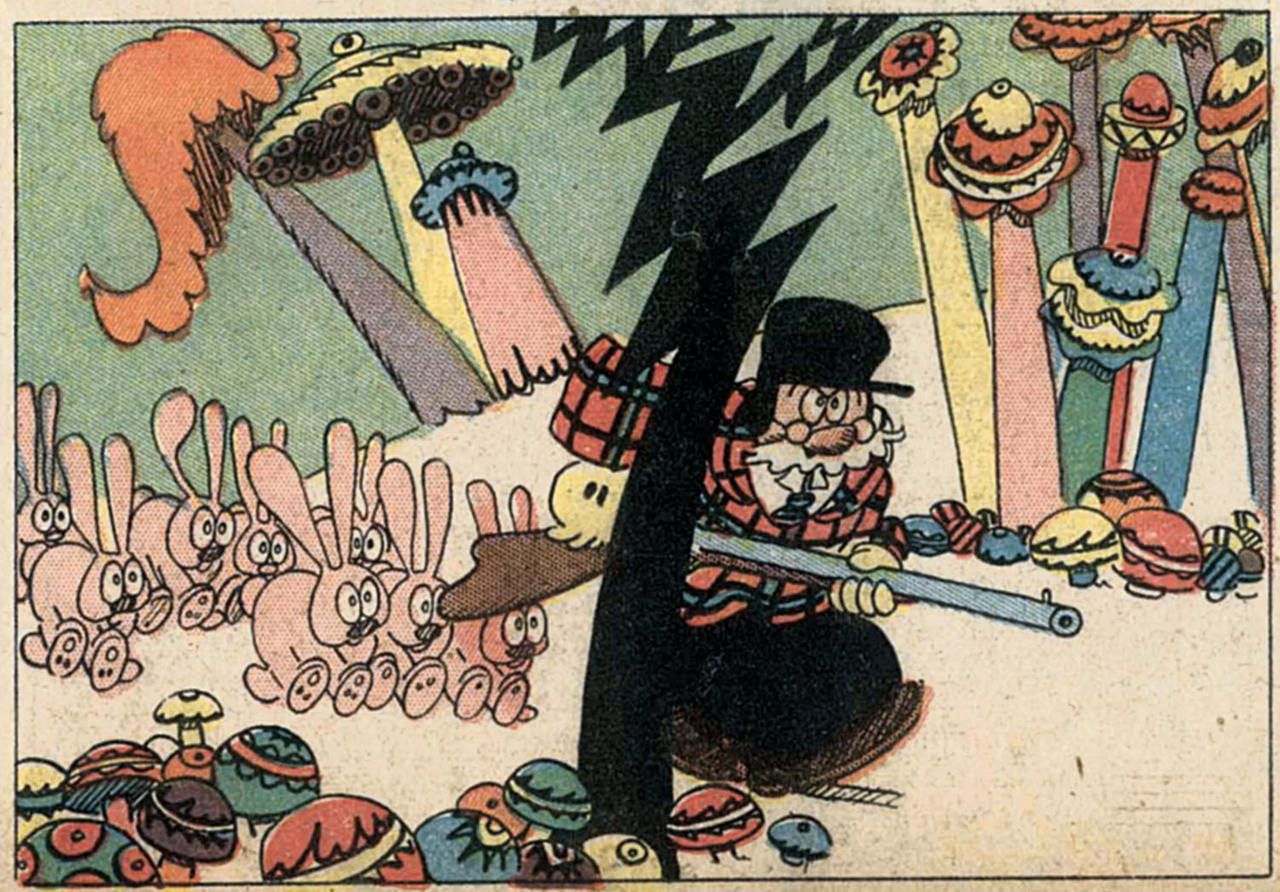
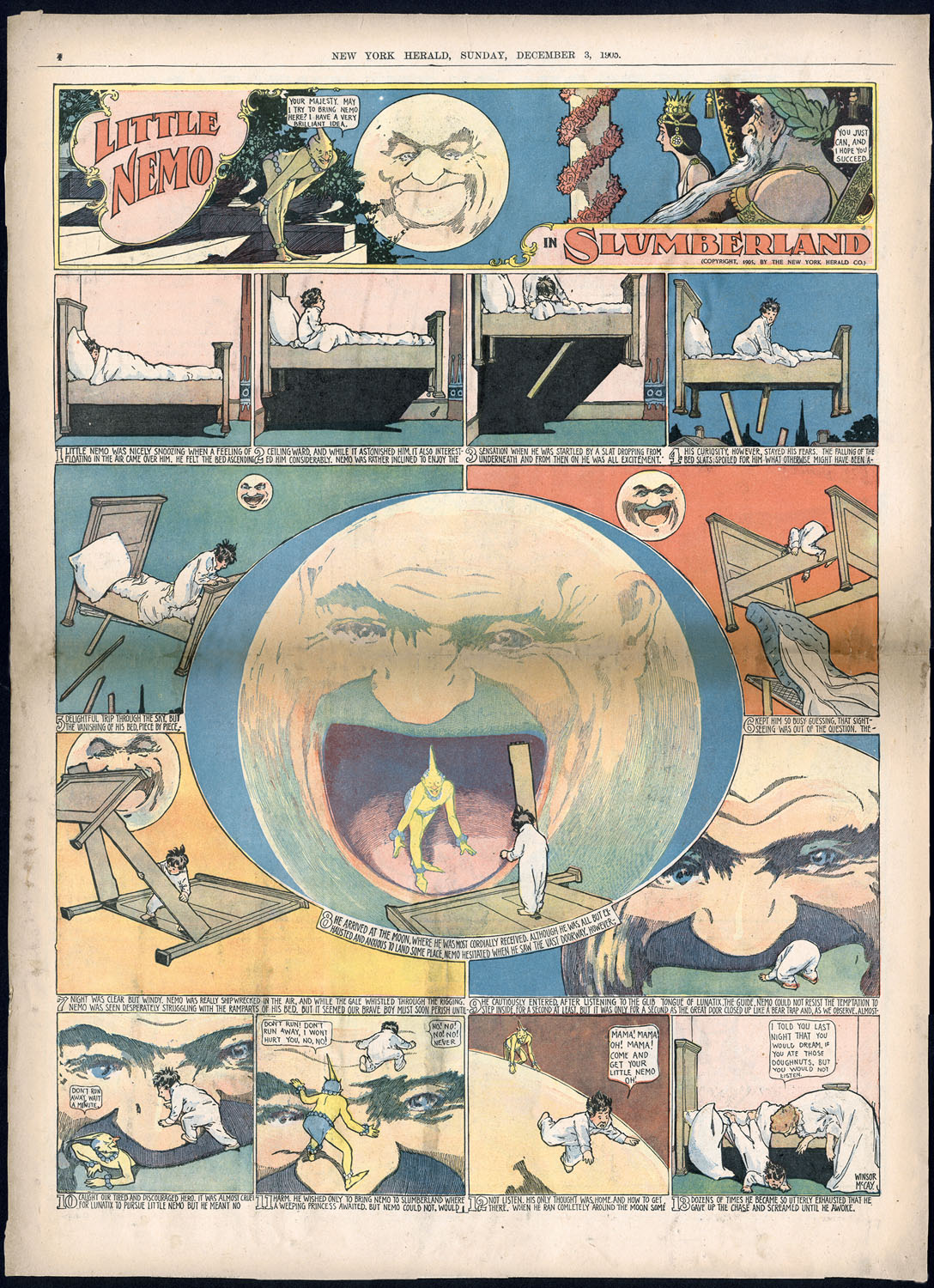
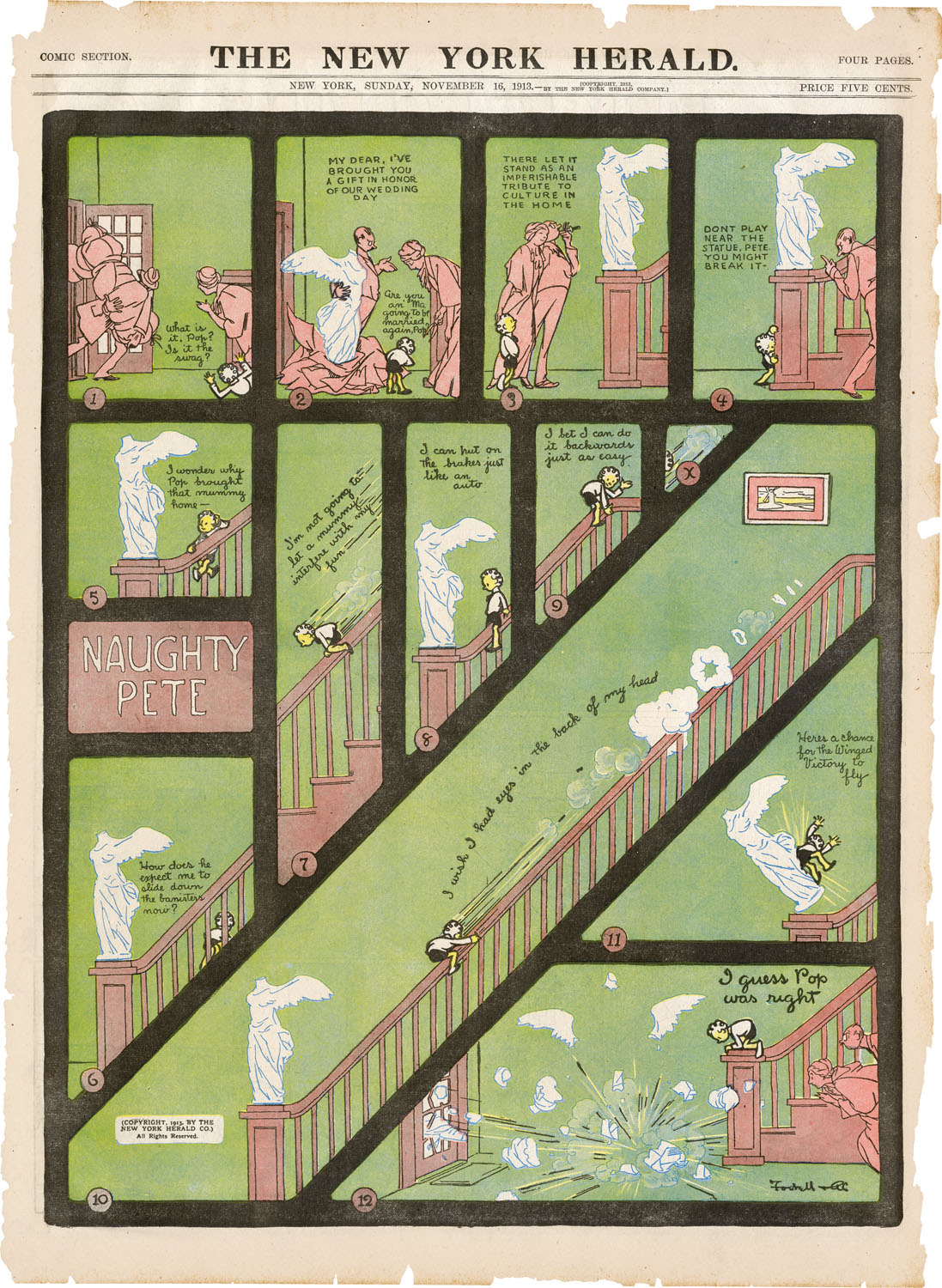
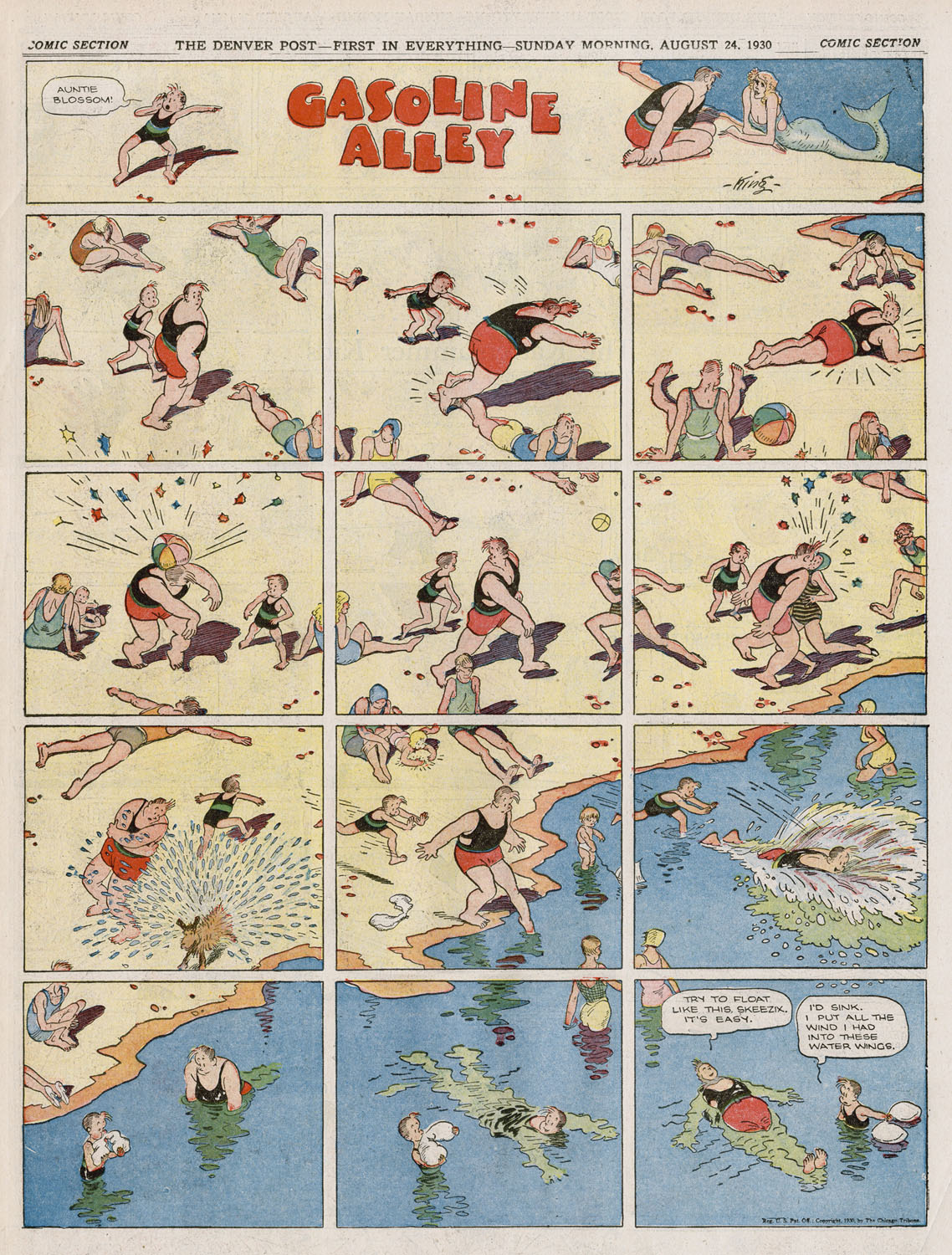
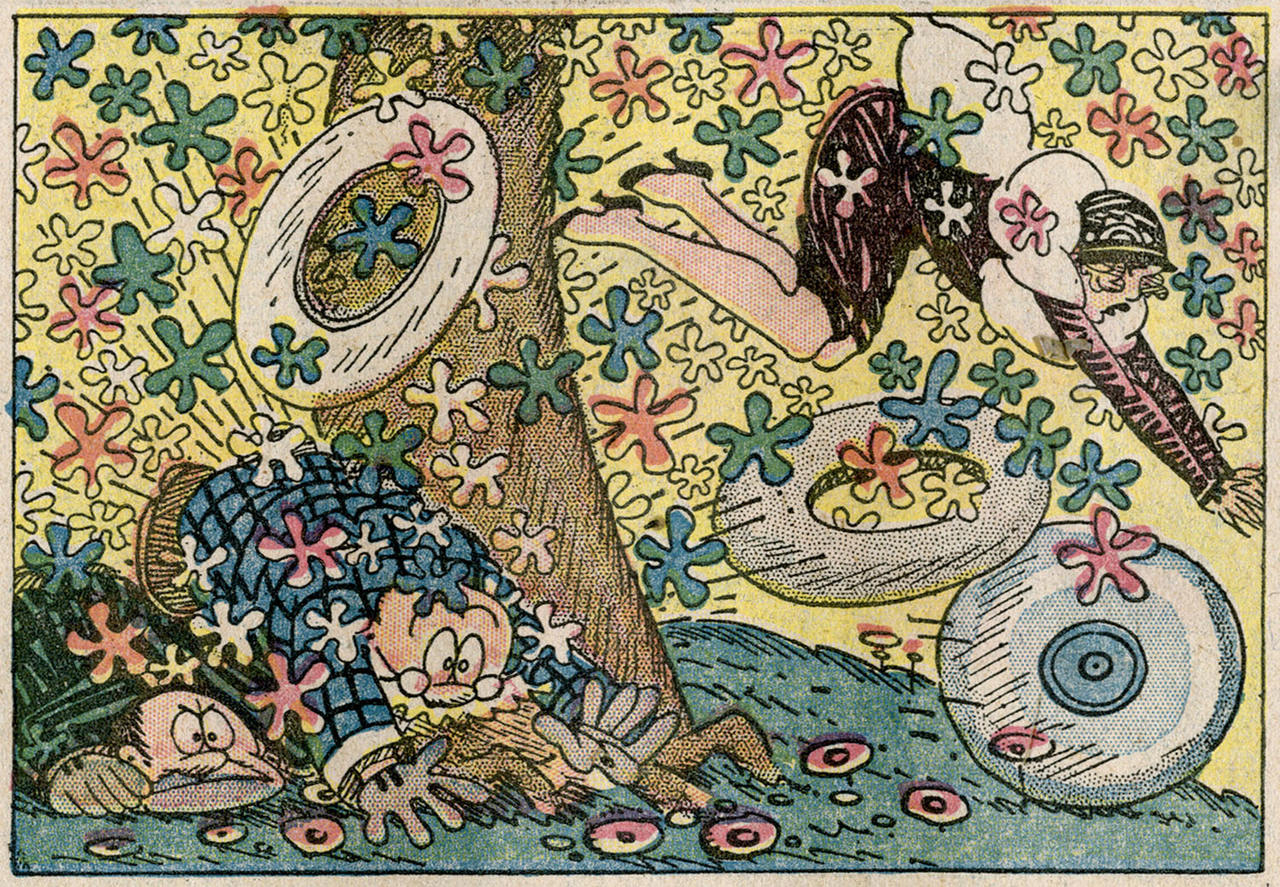
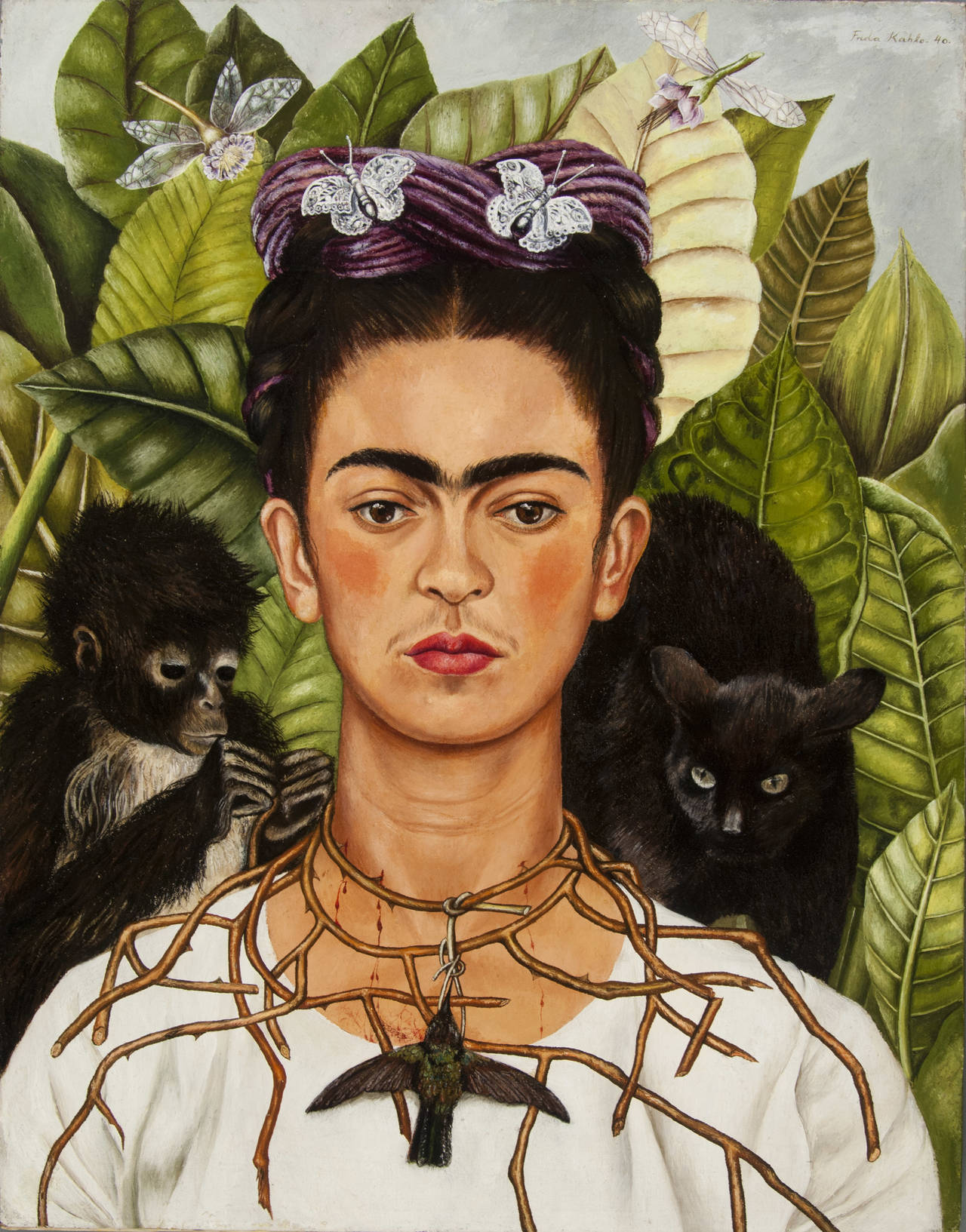
Frida Kahlo in 10 (F)acts
Frida Kahlo has cult status. A closer look at her self-portrait can reveal a lot about the numerous myths revolving around her life and work.
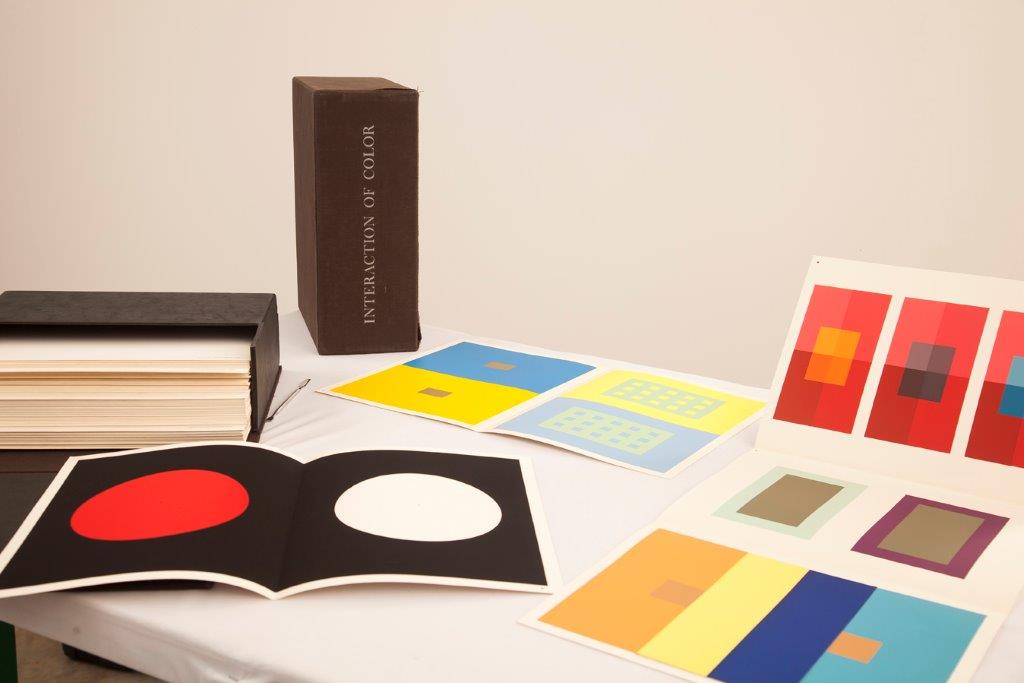
Thinking in colors? On the revolutionary ideas of Josef Albers
One work that influenced Peter Halley’s art more than virtually any other was written by artist, art theorist and educator Josef Albers: “Interaction...

Bits of me
How close does personalized online advertising get to us as our real persons? Technology critic Sara M. Watson describes a disconcerting encounter...

The self-fulfilling prophesy
Algorithms have so far analyzed human identity merely for economic reasons. The result is dangerously far removed from our reality.
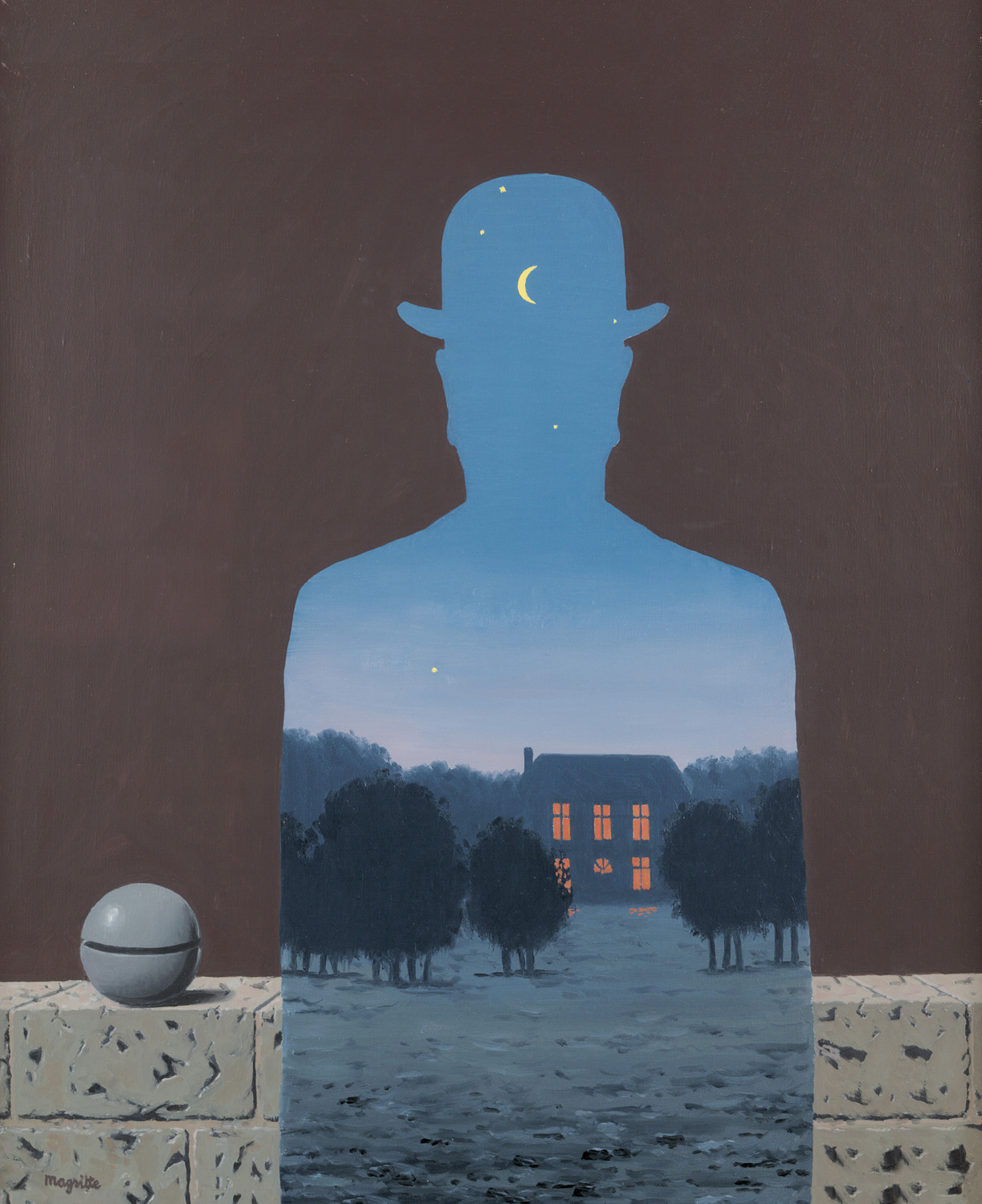
Painting is thinking
In his essay “Ceci n’est pas une pipe” philosopher Michel Foucault explores the subtleties of Magritte’s visual form of linguistic criticism.

ART IS LIFE—LIFE IS ART: WOLF VOSTELL
He tore off posters, disrupted television broadcasts, set parked cars in concrete: Wolf Vostell referred to all of these artistic activities as...
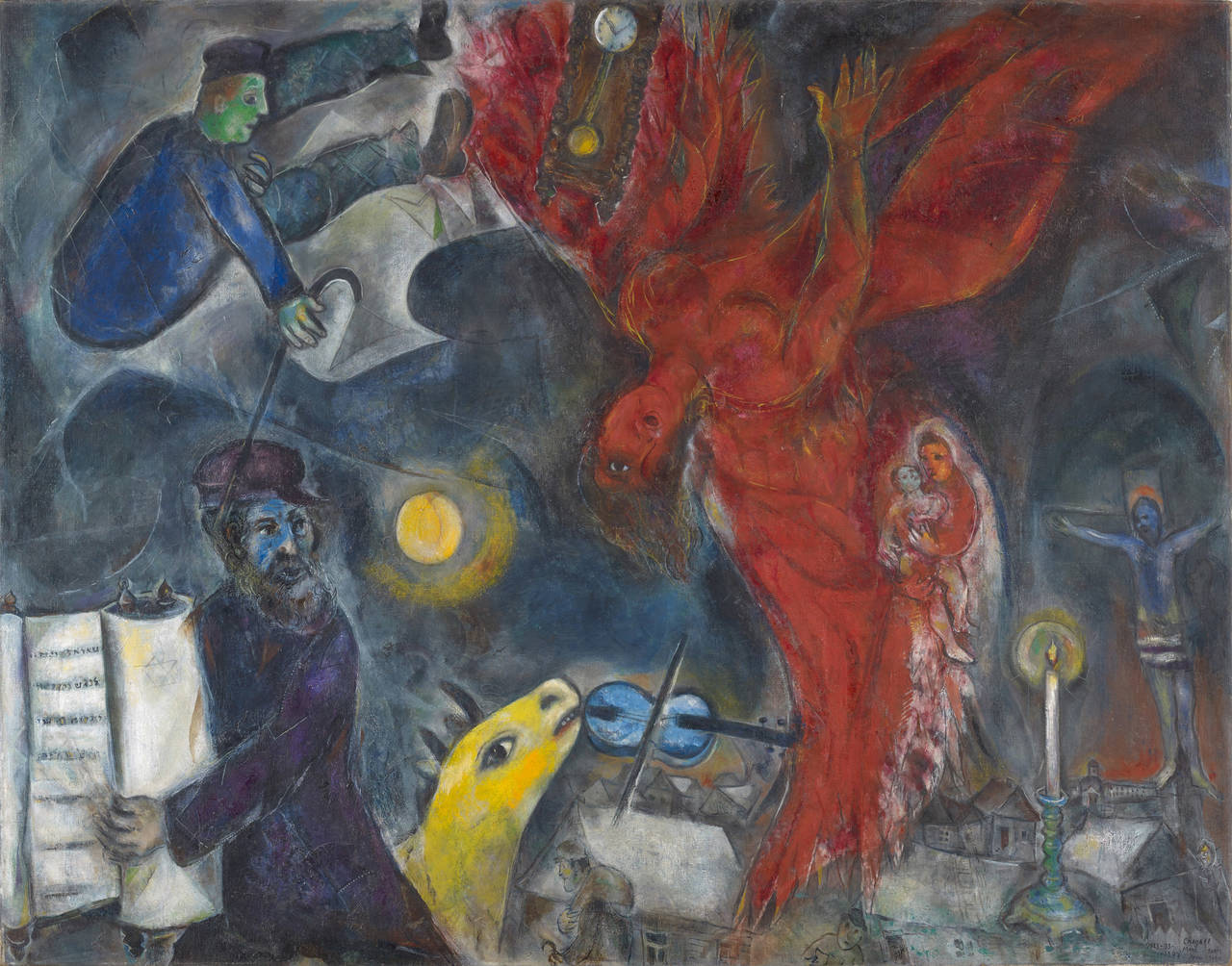
2022 at the Schirn
From walking in art, to "ART FOR NO ONE", to the major CHAGALL exhibition. The exhibition preview 2022

Jackson Pollock, Joan Miró and the unconscious
Two greats of the art world who influenced an entire generation of artists to an extent that is hard to overestimate: What links these two exceptional...